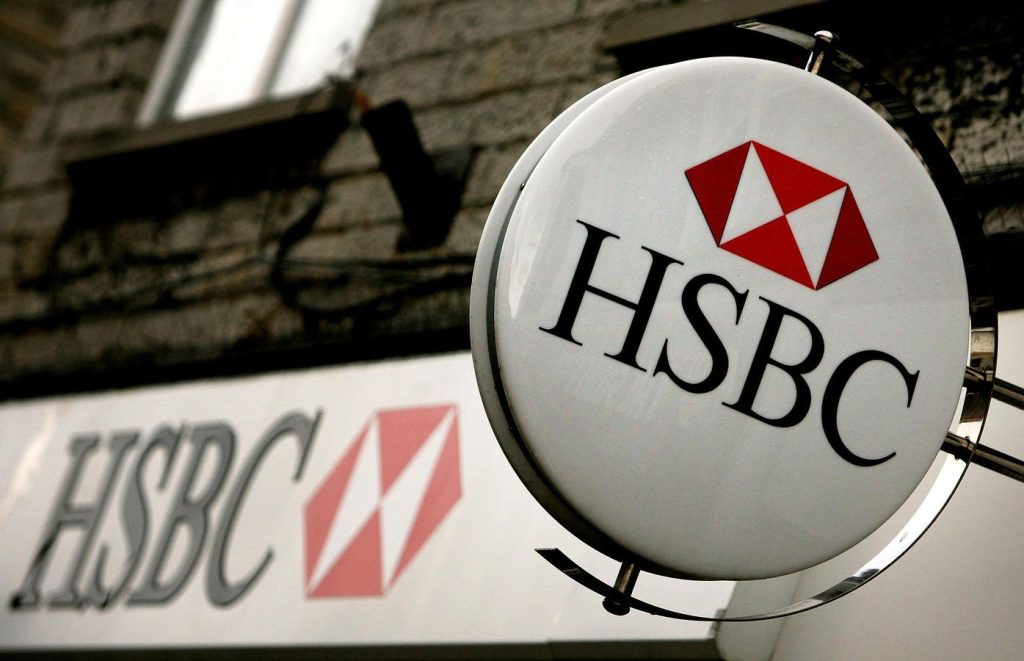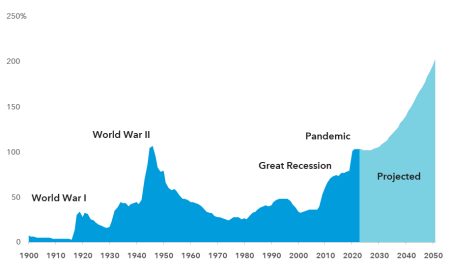HSBC’s Performance and Outlook: A Detailed Analysis
HSBC, a global banking giant, has witnessed a 32% year-to-date (YTD) stock price surge, outpacing the S&P 500’s 27% rise but trailing behind Barclays’ impressive 70% gain. This disparity in performance raises questions about the underlying factors propelling HSBC’s stock price and its future potential. A comprehensive analysis of HSBC’s recent financial performance, strategic initiatives, and valuation provides valuable insights into the bank’s trajectory.
HSBC’s Q3 2024 results showcased a mixed bag. While pre-tax profits experienced a modest increase to $8.5 billion from $8 billion in the previous year’s corresponding period, revenue grew by 5% to $17 billion. This revenue growth was primarily fueled by heightened customer interest in wealth management products amidst increased market volatility, as well as robust activity in trading and market-related businesses, particularly within currency, stock, and bond markets. However, net interest income experienced a decline, falling to $7.6 billion, down $1.6 billion year-over-year, largely attributable to business disposals and elevated interest expenses on liabilities. Operating expenses increased marginally by 2% to $8.1 billion due to higher technology investments and inflationary pressures. This complex interplay of factors underscores the dynamic nature of the financial landscape and its impact on HSBC’s performance.
Examining HSBC’s stock performance over the past four years reveals a consistent pattern of growth, albeit with varying degrees of intensity. The stock achieved returns of 21% in 2021, 8% in 2022, and 39% in 2023. However, this consistent growth hasn’t always translated into outperforming the market. Comparing HSBC’s performance to the Trefis High Quality (HQ) Portfolio, a collection of 30 stocks designed for lower volatility and consistent market outperformance, highlights a key difference. The HQ Portfolio has consistently outperformed the S&P 500 over the same period, exhibiting lower volatility and better risk-adjusted returns. This contrast underscores the importance of diversification and strategic stock selection in achieving superior investment outcomes.
Looking ahead, a positive outlook for HSBC is warranted, with a price estimate of $52, slightly exceeding the current market price. This optimism stems from several key factors. Firstly, HSBC’s valuation appears reasonable, with the stock trading at approximately 1x tangible book value, a metric that reflects the net asset value of the company excluding intangible assets like goodwill. This suggests that the stock might be undervalued relative to its intrinsic worth.
Secondly, HSBC’s strategic initiatives to enhance efficiency and streamline operations contribute to this positive outlook. The bank’s recent announcement to reorganize its business structure into four core business lines, accompanied by a simplification of geographic divisions into eastern and western markets, aims to optimize resource allocation and improve operational efficiency. This restructuring is expected to enhance the bank’s agility and responsiveness to market dynamics.
Furthermore, HSBC’s commitment to returning capital to shareholders through dividends and share buybacks further bolsters the stock’s appeal. The current dividend yield of over 4% provides a steady income stream for investors, while the announced $3 billion share buyback in the last quarter, totaling $9 billion for the year, signifies a commitment to enhancing shareholder value. Share buybacks typically reduce the number of outstanding shares, thereby increasing earnings per share and potentially boosting the stock price.
Finally, HSBC’s ambitious target of achieving a mid-teens return on average tangible equity for 2024 and 2025, surpassing the industry average, reflects the bank’s confidence in its growth prospects. This metric indicates the bank’s ability to generate profits from its tangible assets and serves as a key indicator of profitability and efficiency. Achieving this target would solidify HSBC’s position as a strong performer within the banking sector.
In summary, HSBC’s recent performance, coupled with its strategic initiatives and attractive valuation, supports a positive outlook for the stock. The bank’s focus on cost optimization, capital return programs, and ambitious profitability targets positions it well for future growth. While the stock’s performance hasn’t consistently outperformed the broader market, the current valuation and strategic direction suggest that HSBC remains an attractive investment opportunity. However, investors should remain mindful of the inherent risks in the banking sector and monitor the bank’s progress towards achieving its stated goals. The comparison with the Trefis HQ Portfolio emphasizes the importance of a diversified and strategically managed portfolio for consistent, risk-adjusted returns.










